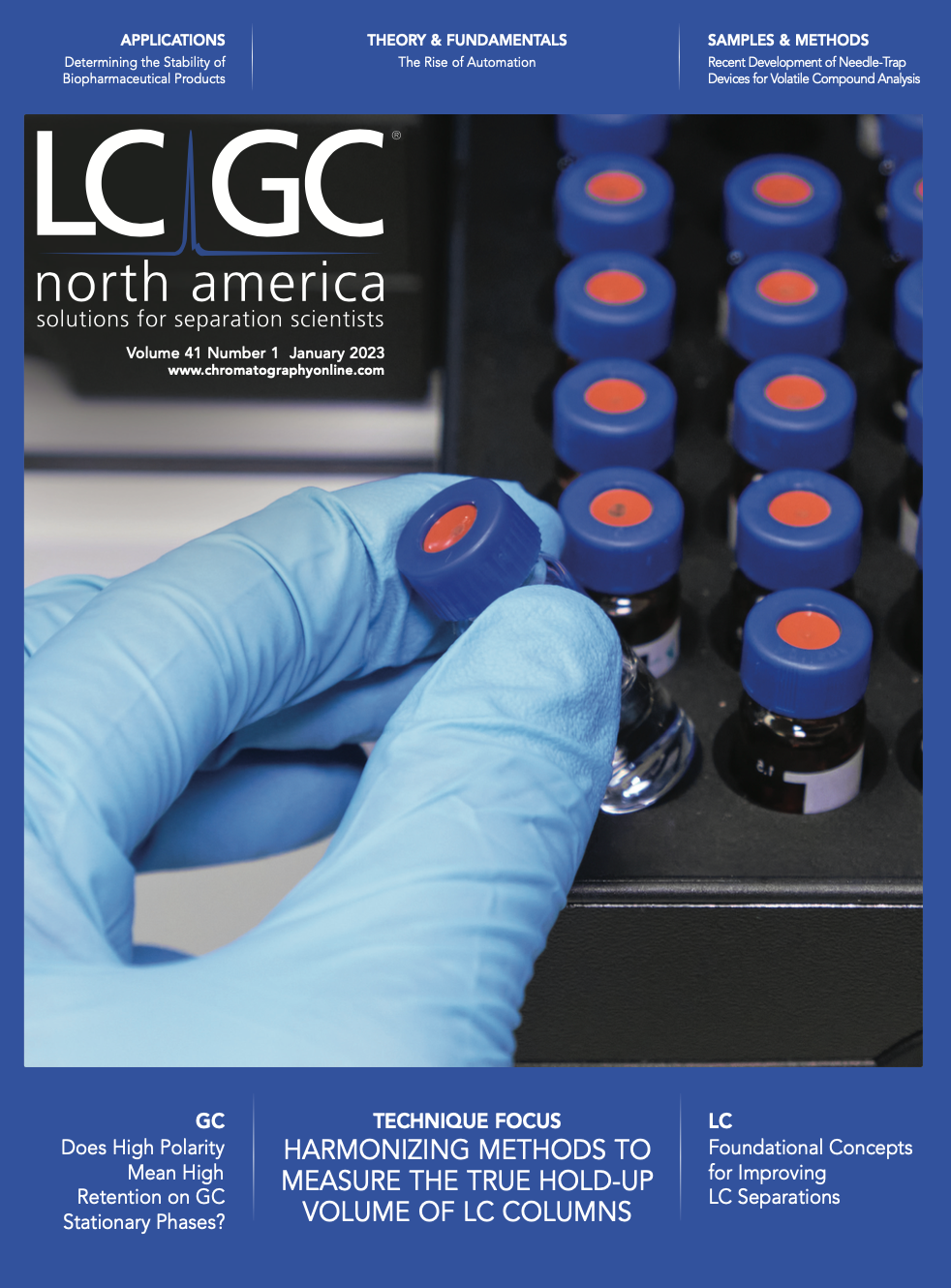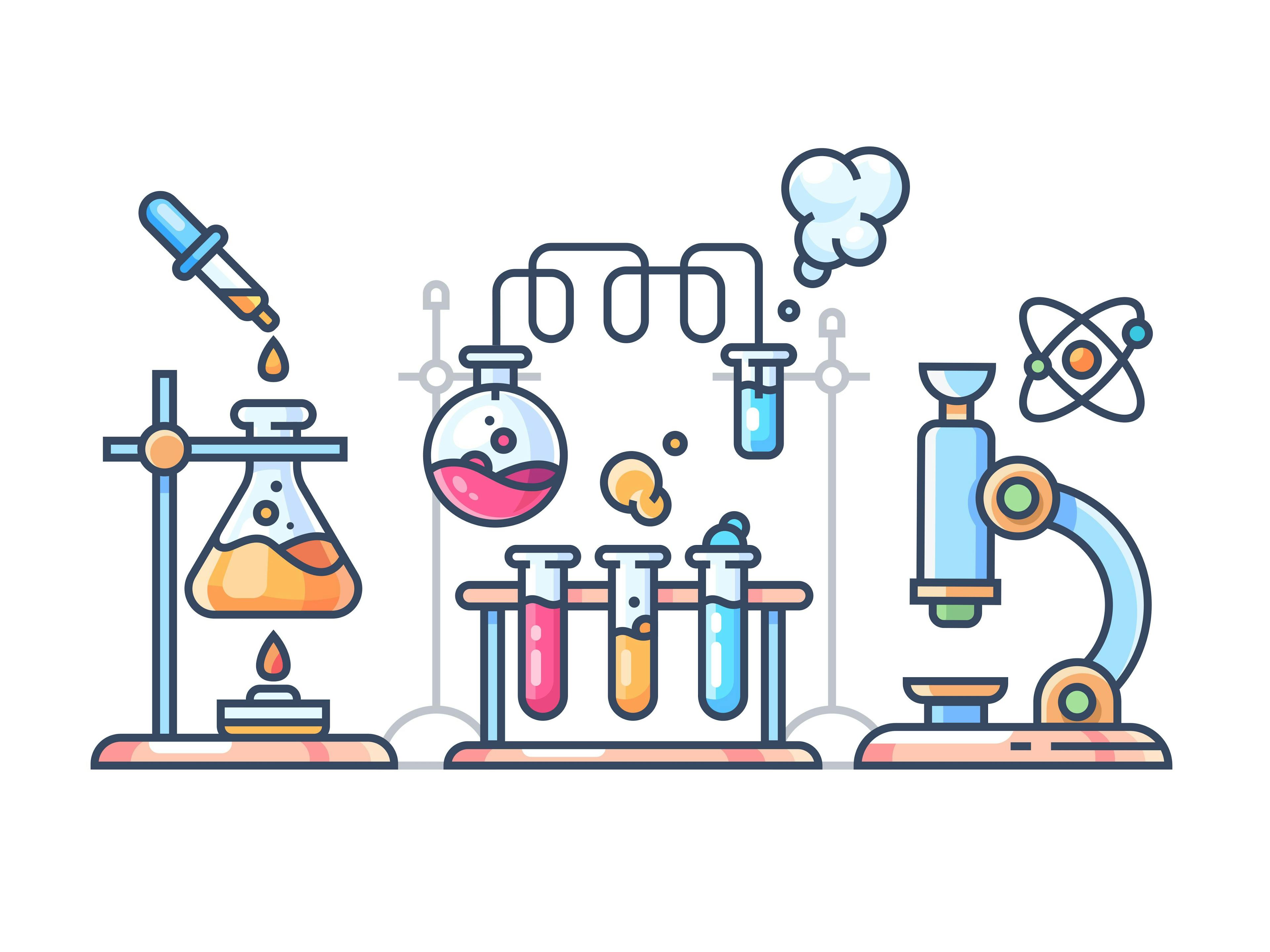Viewpoints: The Rise of Automation—Evolve or Die?
Recently, I read an article from The Robot Report website (1) contrasting the performance of robots in industry against those of humans. The article highlighted five areas where robots perform better than humans: a) handling tedium; b) extreme sensing; c) strength and speed; d) unwavering focus; and e) perfect, objective recall, as well as three areas where humans still outperform robots: a) empathy; b) flexibility; and c) acceptability and trust.
It strikes me that, considering these points within the laboratory context, we may not be taking full advantage of the positive aspects of robotics, or indeed working to address the negative aspects. This is especially true when considering sample preparation and sample manipulation.
Most laboratory workers with more than just a few samples to process will be familiar with the daily routine of preparing samples, setting up equipment, running a system suitability, checking fitness for purpose, and then starting the “batch” of samples just before leaving work for the evening. Modern instruments have very much reduced the amount of finger crossing required on the journey home, and that sense of anticipation as one enters the laboratory the next morning to see if the “run has worked” or not, but those feelings of anxiety have not been completely eliminated. Automated robotics have the power to change this paradigm, with samples being prepared in a “just-in-time” fashion so that the analysis can begin at the start of the day, and much of it will be done as we leave work, preparation and analysis times permitting. We could then even rack up enough samples to do the same thing overnight, hence improving our throughput, if required.
Of course, we need the automated solutions to be very robust and reliable, and this is perhaps where the industry needs to evolve, to ensure that our engineering is optimized to the point at which fallibility is not a consideration. Again, most of us are familiar with situations where campaigns have been halted overnight because of a vial not being gripped or picked up properly, or a vial tolerance that has caused the autosampler to reject a particular sample, or even simply to drop the vial. Here, evolution in the flexibility and “learning” of the instruments could be improved. Provided that the rejected vial does not lie in a dangerous or obstructive position, the robot should be able to move to the next operation and simply flag the failure in the batch report, provided the sample is not a key System Suitability or QC, which may render the remainder of the analyses invalid.
There are myriad situations in which robotics can be used for sample preparation in high performance liquid chromatography (HPLC) and produce a better result than the human laboratory worker might otherwise manage. Operations such as sample dilution (including serial dilution), filtration, and derivatization are all possible. There are sample robotics that can handle weighing, mixing, and even centrifugation, yet I don’t see these solutions being employed in many HPLC laboratories, and I wonder why. I can state with certainty that the robot will follow a sample preparation or extraction protocol with much greater precision than a human if it has been properly “trained.” It will also follow the standard operating procedure (SOP) every time. Can we honestly say that we follow the SOP for every sample preparation that we undertake?
Always shaking for the precise time, using the same method of agitation, using the same spot in sonic bath, weighing or pipetting using exactly the correct technique...I could go on! Robots are infallible in terms of recall and repeatability; we are not.
Revisiting the title of this piece, do we need to evolve or die? Of course, it’s a fact of every species on the planet. How true is this of automation of sample preparation for chromatographic applications? Well okay, I like to use a shocking title to draw in the reader; however, the flexibility of modern automated systems and the range of tasks they can complete has been revolutionized, even in the past decade. Their unfaltering accuracy and repeatability is proven, and their ability to reduce worker exposure to both tedium and hazardous reagents or operations can also be clearly demonstrated.
Do we then just fear the “rise of the robots”? Surely not in our modern society, and I encourage you to further investigate the upsides of automation that, hopefully, I’ve been able to point out in this article.
Reference
(1) Cobalt Robotics, 5 things robots do better than humans (and 3 things they don’t). https://www.therobotreport.com/5-things-robots-better-humans/ (accessed January 2023).
Tony Taylor is the Chief Scientific Officer of Arch Sciences Group and the Technical Director of CHROMacademy. Direct correspondence to: tony.taylor@archsciencesgroup.com

Common Challenges in Nitrosamine Analysis: An LCGC International Peer Exchange
April 15th 2025A recent roundtable discussion featuring Aloka Srinivasan of Raaha, Mayank Bhanti of the United States Pharmacopeia (USP), and Amber Burch of Purisys discussed the challenges surrounding nitrosamine analysis in pharmaceuticals.
Extracting Estrogenic Hormones Using Rotating Disk and Modified Clays
April 14th 2025University of Caldas and University of Chile researchers extracted estrogenic hormones from wastewater samples using rotating disk sorption extraction. After extraction, the concentrated analytes were measured using liquid chromatography coupled with photodiode array detection (HPLC-PDA).













